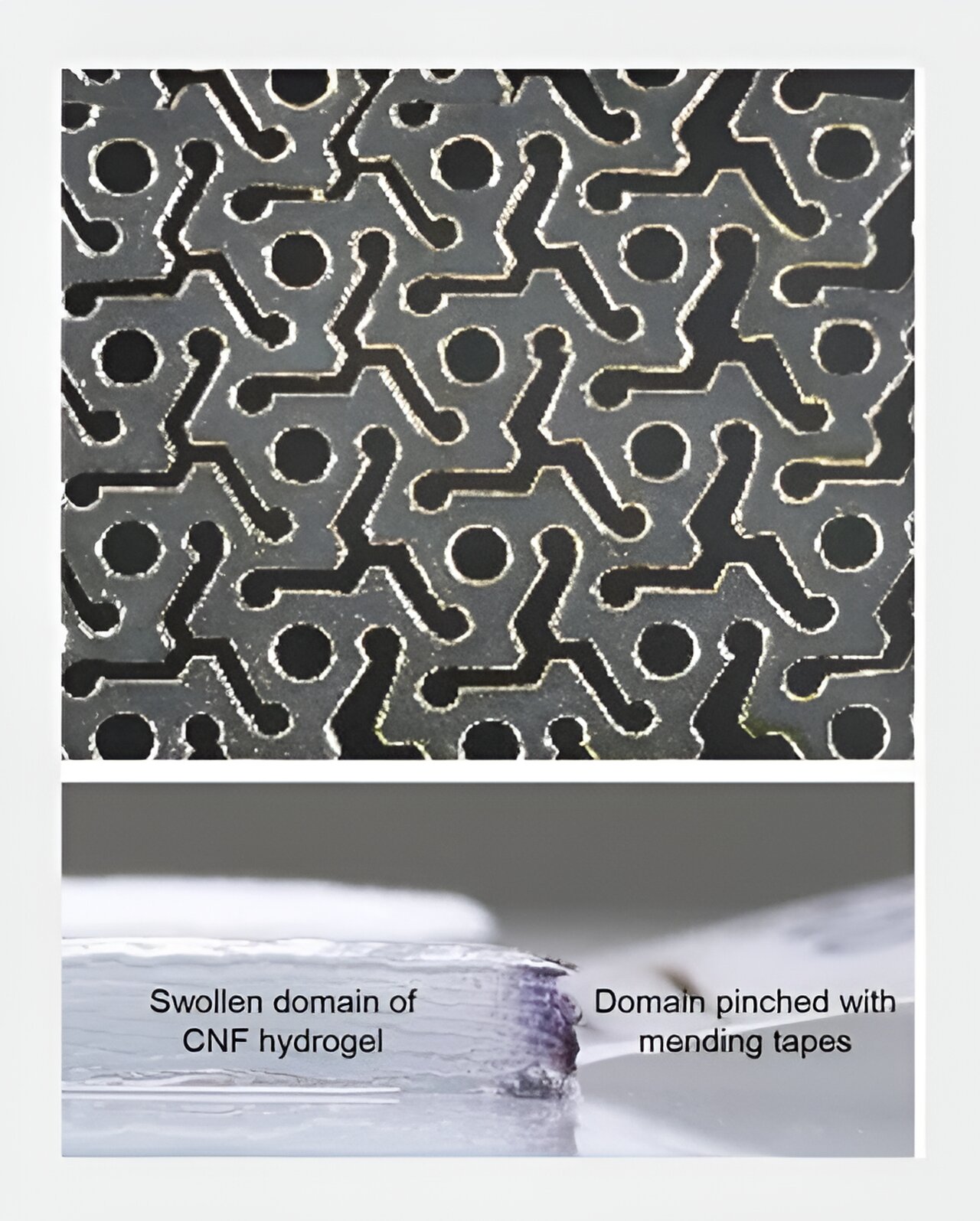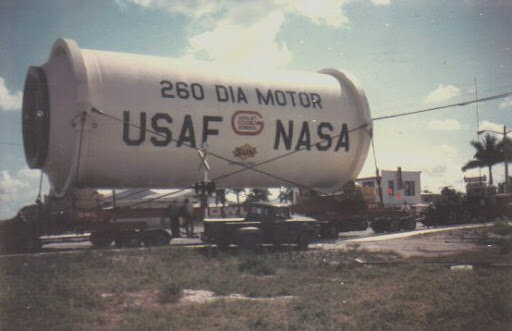TheKutKu
ACCESS: Secret
- Joined
- 13 February 2023
- Messages
- 464
- Reaction score
- 1,387
If current Starship is 130t dry, with 30 ton in the headers as written in the March 2024 FAA environmental report, then even with 0 gravity losses on the S2 and running the Raptor SL as little as possible, with the IFT-2/IFT-3 separation speed, and considering that musk called "100 tons ship" as a long term goal, the current-size starship won't be able to launch more than 100 tons with its current propellant mass, going significantly above 100 tons requires a stretch and higher propellant mass. Which is what they're doing.The mass of Starship is 1330 tons (1200t prop + 130t empty) Vs thrust of 1250 tons.
The 3 sea level Raptors are inefficiency in vacuum.
Raptor 3 provide higher trust what compensated the gravity losses.
Note: The 70 tons of remaining propellant in the main tank mentioned in the March 2024 FAA environmental report seem compatible with "40-50 tons to orbit" considering the additional propellant needed to circularise from the IFT-3 trajectory.
Also , that "Starship 2" is really sexy with its more slender canard, slightly pointier nose and its russian-style strut interstage.
Last edited:










